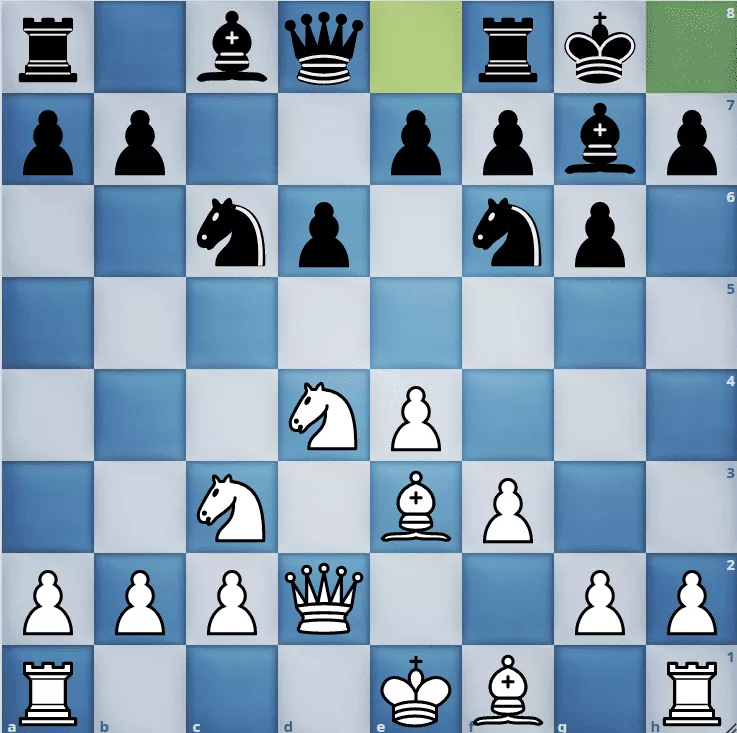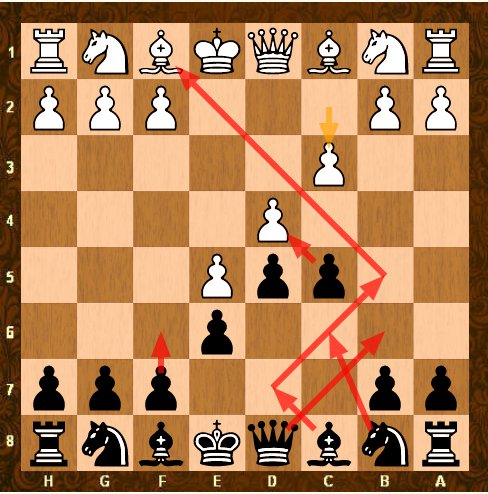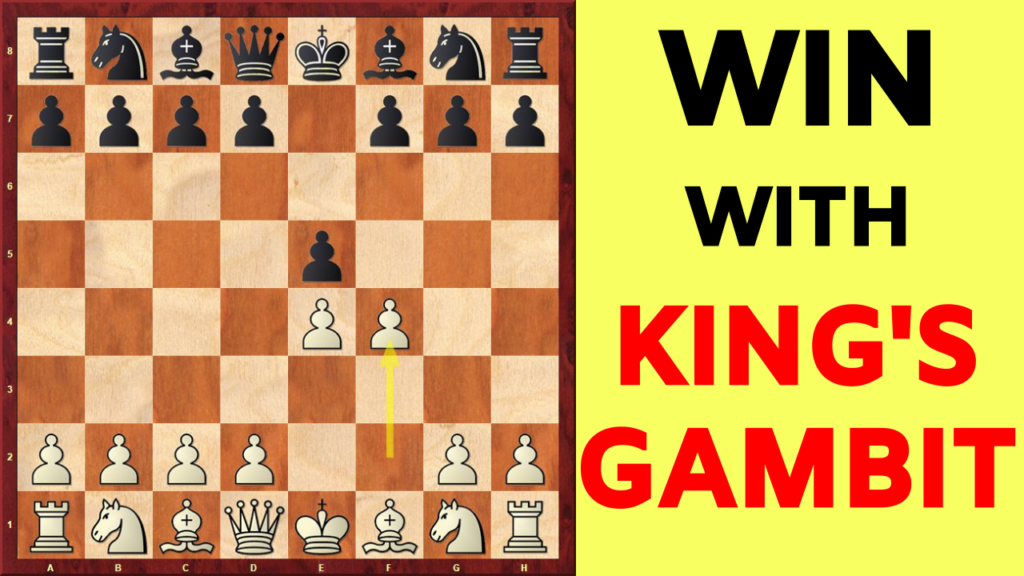One of the oldest sports in history is chess. It took days to begin and weeks to end. This game is among the best things ever in terms of thrill and suspense. A great chess player must be composed and possess incredible strategic abilities. He or she must predict future actions and make plans for them accordingly.
One day is all it takes to learn this game, but a lifetime to master it. Even if someone is a grandmaster, one mistake will ruin the entire game. This is chess’s might. A chess game can be won or lost with just one move. These people never cease to amaze us since they are fully aware of that circumstance.
When someone starts to take up this game, they need to go through some of the basic moves in order to have some prior knowledge. Today we will check out the most basic chess openings.
Read more about Most Popular Football Jersey Numbers
The French Defence

The French defence starts off with 1.e4 e6 which is followed by 2.d4 d5. After that, Black usually plays c5 and attacks the White’s pawn centre and to gain some space on the queenside. The French Defense has a reputation for solidity and resilience, although some lines such as the Winawer Variation can lead to sharp complications. The position of Black is often somewhat on the back hand in the early game while usually the pawn on e6 can impede the development of the bishop on c8.
The Sicilian Defence

The Sicilian Defense is one of the most basic chess openings with the white starting with 1.e4 c5. The Sicilian is the most popular and best-scoring response to White’s first move 1.e4 and opening with 1.d4 is a much more successful opening for White as the success rate is higher of the Sicilian defence against 1.e4.
The New In Chess stated in its 2000 Yearbook that, of the games in its database, White scored 56.1% in 296,200 games beginning 1.d4, but 54.1% in 349,855 games beginning 1.e4, mainly because the Sicilian held White to a 52.3% score in 145,996 games.
According to studies, about 17 percent of the games between grandmasters and about 25 percent of the games between the informants usually begin with the Sicilian Defense. The only draw back of the Sicilian defense is that white often gains an early advantage but black has to be attentive in order to not fall for the quick attack by white.
Caro Kann Defense

The Caro Kann defense starts off with the move 1.e4 c5 and it is the most common defense against the king’s pawn opening. It is also a semi open game just like the sicilian defense and the French defence but as compared to them, it is usually more solid and less dynamic.
The Caro Kann Defense usually keeps a better ending for the Black as in the end the black gets a better pawn structure and it allows the black for circumventing the enormous bodies of theories against the 1.e4 openings like the sicilian defense.
Caro Kann is different from its sister the French Defense as it does not hinder the light squared bishop of Black. However, it comes at the cost of a tempo because Black has to play 1.c6 before pushing the pawn to c5, whereas Black can push c7–c5 in one move in the French Defence. White can combat the Caro–Kann in several different ways, often gaining a space advantage; additionally, Black has less mobility and can lag in development.
The Queen’s Gambit

The Queen’s gambit starts off with 1.d4 d5 and 2.c4. The Queen’s Gambit is the oldest known chess opening and it is used till date by the majority of the players as it is the most basic chess opening. The Black may get one pawn as its reward but it cannot go further without incurring a disadvantage for himself as it opens up a lot of opportunities for white to move forward and attack.
The Queen’s Gambit is one of the oldest known openings in chess as it was mentioned in the Gottingen manuscript which dates back to roughly around 1490. In the 18th century, Philipp Stamma recommended the Queen’s Gambit for the first time because of which it is sometimes also known as the Aleppo Gambit in his honour. During the start of the modern chess era, queen pawn openings were not in fashion, and the Queen’s Gambit did not become commonplace until the last time it was being used in the 1873 tournament in Vienna.
The King’s Gambit

The King’s Gambit is almost the same as the Queen’s Gambit but here it opens up the face of the King as it starts off with 1.e4 e5 and 2.f4. White starts the gambit as it offers a pawn to divert the black e – pawn. If Black falls for the gambit, White may go on and play d4 and Bxf4 and regain the gambit pawn with central domination, or direct their forces towards the weak square f7 with moves such as Nf3, Bc4, 0-0, and g3.
The King’s Gambit is also one of the oldest known chess openings as the origins of The King’s Gambit date back to about 1497. It was the most used and the most popular opening during the 19th century but the popularity started to decline as new defense forms were starting to develop in order to tackle the gambit.
